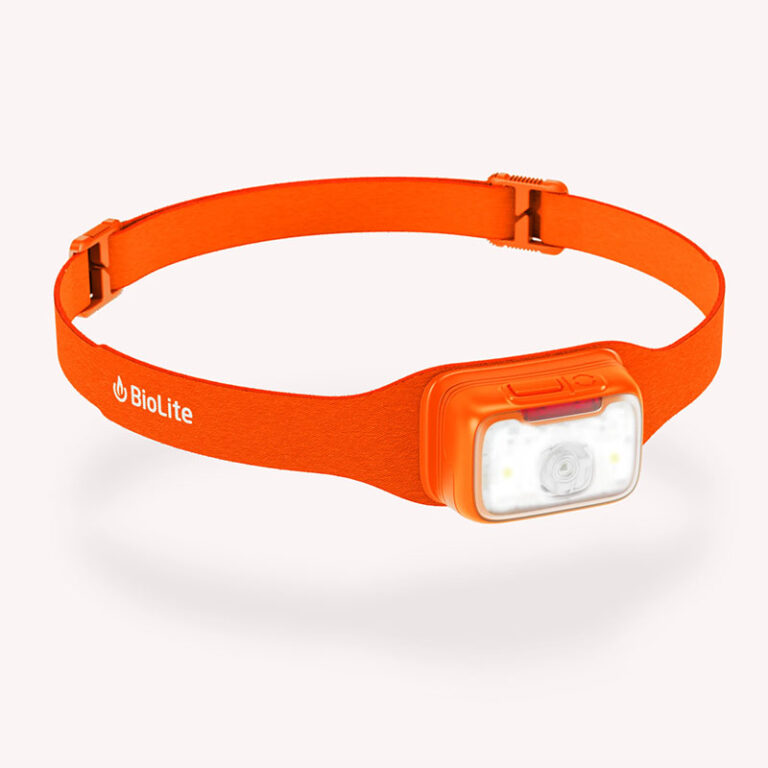The Silver Valley was settled when miners came looking for gold near the south fork of the Coeur d’Alene River in the late 1870s. After a few years, it became clear that where the real jackpot lay was in galena and other silver and lead deposits found in the area. This small stretch of Idaho became the largest silver-producing area in the world, and still ranks among the top 10 mining districts in world history. The numbers are impressive. After only one hundred years of mining, the valley had produced over 1 billion ounces of silver, and significant amounts of lead, zinc, and copper totaling 5.5 billion dollars according to the Idaho Geological Survey. The area boasts the largest underground mine in the U.S. as well as the deepest. Of the 90 mines historically operated in the area, only two are still in operation.
Historic Silver Valley Mine Tours
Hidden and preserved until 1996 when it was opened as a tourist attraction, Crystal Gold Mine in Kellogg, Idaho, is a buried treasure—literally. It was one of the first hardrock mines in the Silver Valley and has a great collection of geology and local history.
Ever wondered about a winze or explored a stope? Maybe you’ve never seen trout happily swimming underground. Owner and former miner Ray Cropp offers a spectacular tour full of local history, mining terminology, and an obvious love for the unique site he stewards. I got to watch him use a single jack, or mining hammer, to dig a hole that would have been used for dynamite 140 years ago. Turning it a quarter turn with each strike, he talked about how miners worked by only candlelight to dig drifts off the main tunnel and follow the quartz vein until it pinched out.

The inside is a treasure trove where you can see the huge quartz vein, small spots of gold, and wire silver. You can also see where the water and minerals, practically untouched for 100 years, have begun to grow rock formations normally found only in undisturbed caverns: calcite formations called ribbons or “bacon” and stalactite straws on the ceiling. The calcite dripping down the walls has been tinted purple or blue from the manganese, copper, zinc, and other minerals in the rock. The mine is a geologist’s dream.
Looking at the underground aquifer-fed springs, it is fun to imagine these minerals sifting to the bottom of a shallow, Precambrian sea where they were compressed, heated, and folded to become the metals that have shaped the history of this valley for so many decades.
Sierra Silver Mine Tour in Wallace regularly opens May 1. The underground tour begins and ends with a trolley ride that is used to give a 15-minute history of the town of Wallace. The Sierra Silver Mine and the Crystal Gold Mine tours both are led by former miners who are extremely knowledgeable about mining techniques and the area’s history. The temperature underground is a constant 50°F so make sure you bring a light jacket. Mine tours average a little over one hour, and both mines are open seven days a week.
Admission for the Crystal Gold Mine is $14/adults, $8.50/ages 4–16, and free for children under 4. The cost includes a chance to pan for gold after the tour. The Sierra Silver Mine Tour charges $15/adults, $13/seniors, $8.50/ages 4–16, and free for children under 4. If possible, definitely visit both.
After spending a couple hours underground, many visitors like to spend a couple hours up in the trees. Definitely check out the Silver Streak Zipline Tours, located near Wallace. They offer a total of 10 zips on 250 acres of privately-owned, mountainous terrain. //













